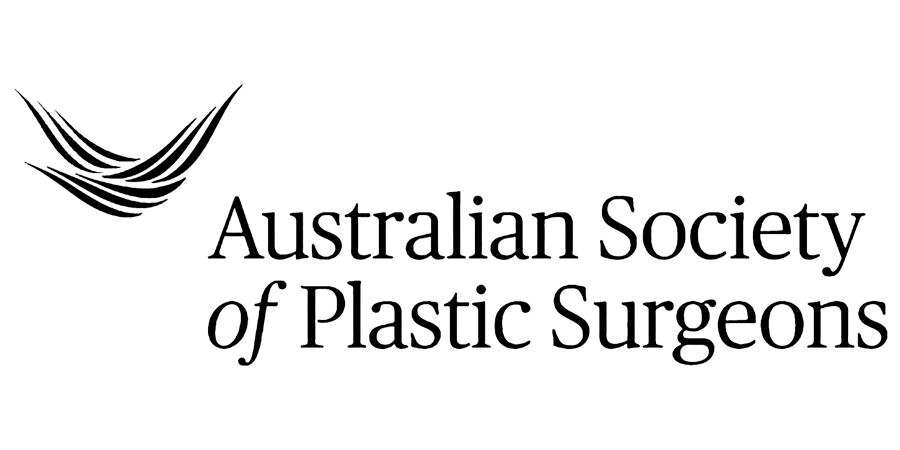
Metoidioplasty is one of the main methods of creating masculine genitalia: it has a long history of use and success in transmasculine individuals to help alleviate gender dysphoria. Metoidioplasty results in a fully sensate neo-phallus (penis) that is commonly combined with the creation of a new urethra that extends to the tip of the penis. This allows transmasculine patients to urinate standing up.
Metoidioplasty results are maximised after a period of organ growth under the influence of hormone therapy, however, it is not strictly necessary. Patients with a stretched penile (clitoral) length of 6cm or greater and low to average BMI are typically good candidates for this surgery.
Metoidioplasty has fewer associated risks than phalloplasty (another established way of creating masculine genitalia) with shorter operative and recovery time. Generally speaking, a metoidioplasty can allow patients to experience engorgement/erections without the use of an erectile device (as is the case with phalloplasty) but is often not of sufficient length for penetrative sex. However, the sensation of the penile shaft and head is more erogenous in metoidioplasty as the nerves are undisturbed.
At the GIA, metoidioplasty with urethral lengthening is always combined with a vaginectomy.
By using part of the vaginal lining, this method reduces the complication rate of the procedure. Adjunctive surgeries can also be performed, like scrotal reconstruction, placement of testicular implants or mons pubis reduction depending on the patient's wishes. Please take a look at our scrotoplasty and implants procedure page for more information or book a consultation where the team can offer guidance on the best route forward for you.






